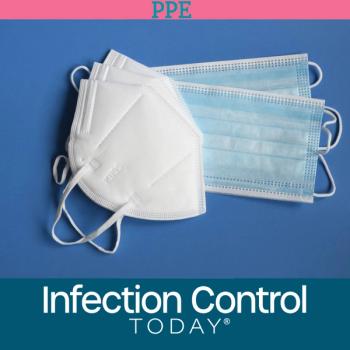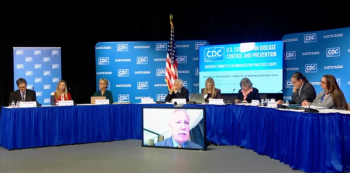
Recruits Show Lower Immunity Levels to Measles, Mumps, Rubella
The percentage of U.S. Air Force recruits with detectable immunity to measles, mumps and rubella was lower than found in previous nationwide samples and may be low enough for outbreaks to occur, according to a study, "Measles, Mumps, and Rubella Titers in Air Force Recruits: Below Herd Immunity Thresholds?" released July 7 in the American Journal of Preventive Medicine.
In 2014, the Centers for Disease Control and Prevention (CDC) reported more than 600 measles cases -- the most since 2000, when the virus was declared eliminated in the U.S. Additionally, more than 1,150 cases of mumps were reported in 2014, an increase to previous years, with most occurring on college campuses nationwide in individuals previously vaccinated for the disease.
Researchers at the Uniformed Services University of the Health Sciences, Defense Health Agency, and Joint Base Lackland-San Antonio, led by Air Force Lt. Col. Paul E. Lewis, III, studied more than 32,500 recruits in basic training between April 2013 and April 2014 to determine whether there were a sufficient number of recruits with immunity to prevent an outbreak. They found that the percentage with adequate antibodies to measles, mumps, and rubella were 81.6 percent, 80.3 percent, and 82.1 percent, respectively. These are generally lower than levels required to maintain herd immunity.
According to the study, the minimum level required to maintain immunity to disease outbreak in the general population is referred to as herd immunity. Military recruits are at increased risk for communicable diseases given close living and sleeping quarters and weakened immune systems secondary to fatigue and stress. Many are sent to overseas locations where the likelihood of exposure is elevated. Antibody titers are obtained for six diseases on all new recruits entering Air Force basic training, and the service members are vaccinated for any of those six diseases for which they show no immunity. Department of Defense immunization policy recommends presuming mumps immunity if measles and rubella titers are positive, however the mumps component of the MMR vaccine is the least effective and tends to wane the fastest, so the presumption may lead to below-herd immunity thresholds.
“If individuals entering the workforce and college across the nation have the same rates as the recruits, outbreaks of vaccine-preventable disease can be anticipated to continue,” says Lewis.
The study recommends obtaining antibody titers from recruits for mumps in addition to the measles and rubella, and vaccinating all individuals susceptible to one or more of the viruses.
Source: Uniformed Services University of the Health Sciences (USU)
Newsletter
Stay prepared and protected with Infection Control Today's newsletter, delivering essential updates, best practices, and expert insights for infection preventionists.






